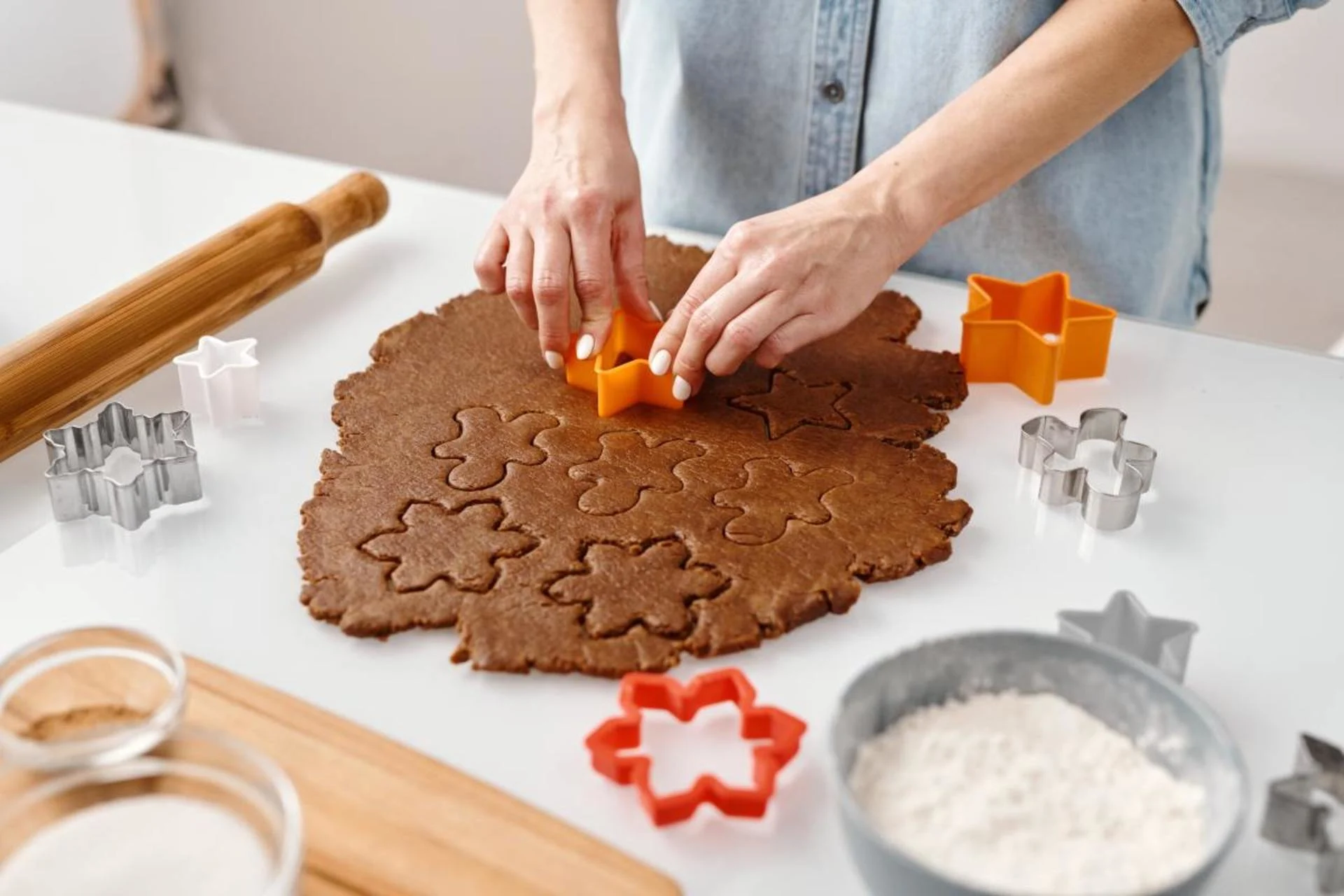
Don’t let weather ruin your holiday baking with these sweet tips
Storms, temperature, and humidity can all play a sneaky role in how your favourite holiday recipes turn out.
Glistening lights and a glittery blanket of snow can stir warm memories of holidays gone by, but the smell of baked goods wafting from the kitchen is often the most pleasant memory of all.
Smell is the most powerful of our five senses at triggering sweet memories, so it’s no wonder we love to bake around the holidays. Sometimes those tried-and-true family recipes don’t always work out, though, and it’s tough to figure out why.
If a recipe flops, there’s a decent chance that the weather played a role in your deflated cake or crumbly cookie. Keep these important factors in mind to prevent your baked goods from succumbing to the whims of a Canadian winter.
DON’T MISS: It's all in your head: The reason you love seasonal flavours
Keep your kitchen cool for cookies, warm for breads
Have you ever put snowman-shaped sugar cookies in the oven, only to take out a misshapen blob that still haunts your dreams?
It was probably the temperature of your kitchen. Baked goods are sensitive to indoor temperatures that are too warm or cold. Luckily for your sweet tooth, your kitchen likely runs on the cooler side in the lead-up to the holiday season because it’s so cold outside to begin with.
Recipes like cookies and pie crusts—anything that uses lots of butter, margarine, or shortening—need cooler temperatures or else they’ll lose their composure and turn out funky.

Keep your cookie dough cold so they keep their shape in the oven. (Pam Menegakis/Unsplash)
If your cookie dough gets too warm before you pop it in the oven, the loosened dough will spread out too much during baking and you’ll wind up with a deformed mess. Still tasty, to be sure, but not much for a photoshoot. Putting your dough in the fridge between batches can help stave off those contorted cookies.
Bread doughs prefer warmer temperatures in order to achieve their full potential. Proofing is an important step for many bread recipes as this warm period of rest allows yeast and other leaveners to give off gasses and puff up the dough. If it’s too cool, it’ll take longer to proof—and possibly lead to a finished product that’s a little too flat.
WATCH: Cookies gone stale? You’ve got the fix in your kitchen now!
Higher humidity upsets your dry ingredients
Baking on a rainy or snowy day can be a gamble, too. High humidity can affect how your recipes come together and turn out.
Humidity can easily absorb into your dry ingredients, potentially adding too much moisture to your mixture. You can fight back by adding less liquid than the recipe calls for, and by adding a couple of extra minutes of baking time.
MUST SEE: Don't throw out that banana peel! Study shows it can enhance baking
But try to avoid making meringues on a humid day. High humidity in the air can add unwanted moisture to the sugar, breaking a meringue’s sensitive balance between sugar and egg.
Low pressure and dry air can ruin your cakes and breads
Baking on a stormy day is a great way to stay indoors and out of the elements, but the storm itself can throw a wrench in even the best-prepared cakes and breads.
The lower air pressure that accompanies a potent winter storm can lower the boiling point of water. Not by much, of course, but just enough that it can wreak havoc on your pastries by causing the product to rise too quickly and dry out before it’s done.
You can combat these effects by adding less leavener and a bit more moisture to keep your treats puffy and moist to enjoy in the days after the storm.
WATCH | How do thunderstorms form? It's just like baking a cake
Thumbnail image courtesy of Nicole Michalou via Pexels.










